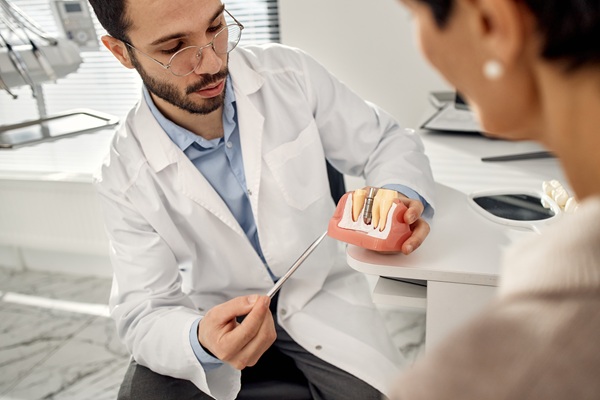 Dental veneers are a type of prosthetic that can be placed by a cosmetic dentist to improve the shape, color, and overall appearance of a patient’s smile. Used for aesthetic and restorative purposes, veneers consist of a thin shell of porcelain or a different tooth-colored composite material that is attached to the front surface of the natural tooth. While the concept of veneers is easy to understand, the procedure for attaching them requires several steps.
Dental veneers are a type of prosthetic that can be placed by a cosmetic dentist to improve the shape, color, and overall appearance of a patient’s smile. Used for aesthetic and restorative purposes, veneers consist of a thin shell of porcelain or a different tooth-colored composite material that is attached to the front surface of the natural tooth. While the concept of veneers is easy to understand, the procedure for attaching them requires several steps.
The dental veneer procedure
To successfully apply veneers, the cosmetic dentist must prepare the natural teeth, form the prosthetic, and apply it to the teeth. The exact process used depends on whether the patient opts for porcelain or composite resin veneers. Choosing between these options can be difficult as each come with their own set of pros and cons.
Getting porcelain veneers
While porcelain veneers are more expensive and invasive then resin-based ones, the result is much longer-lasting. Porcelain is very similar in appearance to enamel and is incredibly strong. Patients can expect about 20 years of use before a replacement procedure may be needed. Additionally, this material is resistant to staining and unlikely to chip with regular maintenance.
When a person chooses to get porcelain veneers, the natural teeth being worked on are permanently altered to accommodate the prosthetic. After the consultation appointment, the next visit with the cosmetic dentist is spent reshaping the surface of the tooth, removing enamel, and adding material where possible. Impressions are taken of the teeth and sent to a dental lab. Often, the patient is given a set of temporary veneers.
About two weeks later the custom-made porcelain veneers are sent back to the dentist. During a second appointment, the veneers are cemented onto the teeth. The dentist ensures the prosthetic fits well and is the proper shade, making any changes if necessary.
Getting composite resin veneers
Patients getting composite resin veneers may only need to go to one appointment if the enamel does not require any reshaping. While this material is more affordable and easier to mend than porcelain, it has an expected lifetime of five years and is more susceptible to chipping or staining.
For this type of veneer, the dentist can prepare the teeth and start the bonding process right after. Unlike porcelain, the composite resin does not need to be formed and hardened ahead of time. Rather, the cosmetic dentist applies and molds the material over the teeth, adjusting the shape and shade until it meets the patient’s expectations. Once finished, a light is used to harden and enhance the appearance of the composite resin.
Conclusion
Dental veneers can help patients achieve a more attractive smile without needing to go through the process of getting a full dental crown. This procedure can dramatically improve the appearance of someone’s teeth, and it can strengthen teeth that have been compromised due to dental decay, bruxism, or other causes. If your goal is to have a bright white, even smile that everyone cannot help but notice, ask your cosmetic dentist about this procedure today.
Request an appointment or call Gledhill Dental at 509-800-8410 for an appointment in our Kennewick office.
Related Posts
Many people seek a cosmetic dentist because they feel self-conscious and uncomfortable with their smile if their teeth are not as aesthetically pleasing as they might wish. The teeth frame the entire face, so a pearly white smile can make it seem radiant and full of energy.Cosmetic dentistry offers numerous solutions for patients who want…
Wondering how a cosmetic dentist can help make your smile more attractive? Read on to learn more about this type of dental professional. Cosmetic dentistry is a subset of general dentistry concerned with how one's teeth, gums, and bite appear. The services of a cosmetic dentist may improve your self-esteem.A cosmetic dentist will work with…
Through the work of a cosmetic dentist, individuals have the opportunity to transform a smile, repair broken or cracked teeth, and restore oral health. Whether it is a treatment to whiten the teeth or the attachment of a dental crown, cosmetic dentistry provides long-term solutions for patients who deal with poor function, discomfort, and low…


